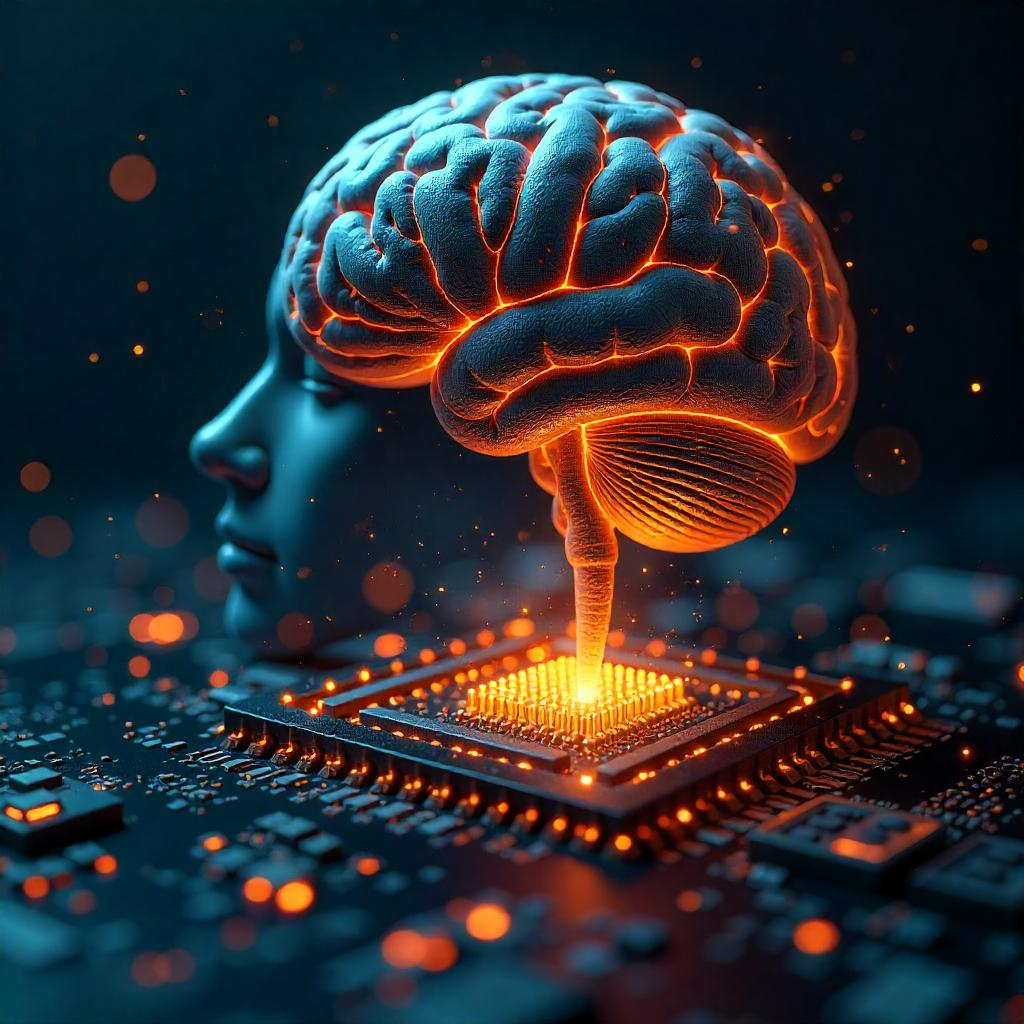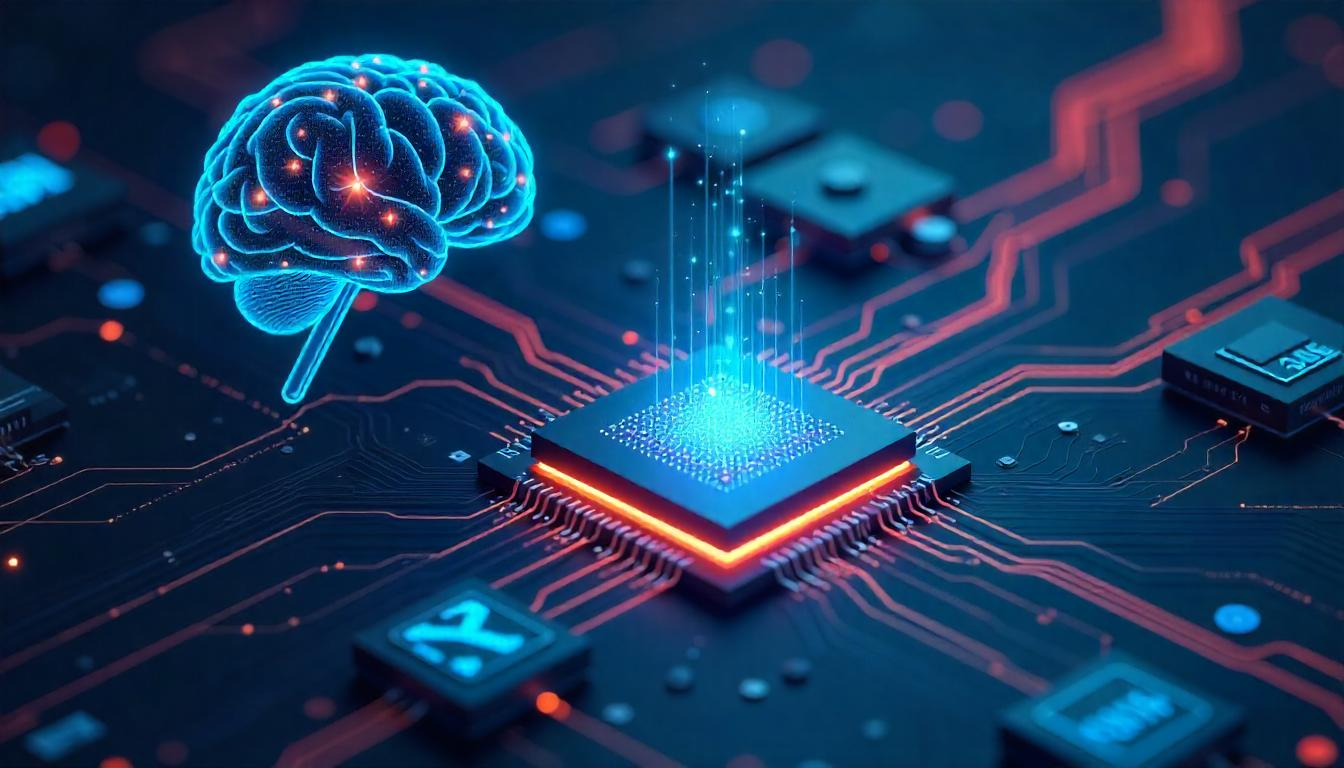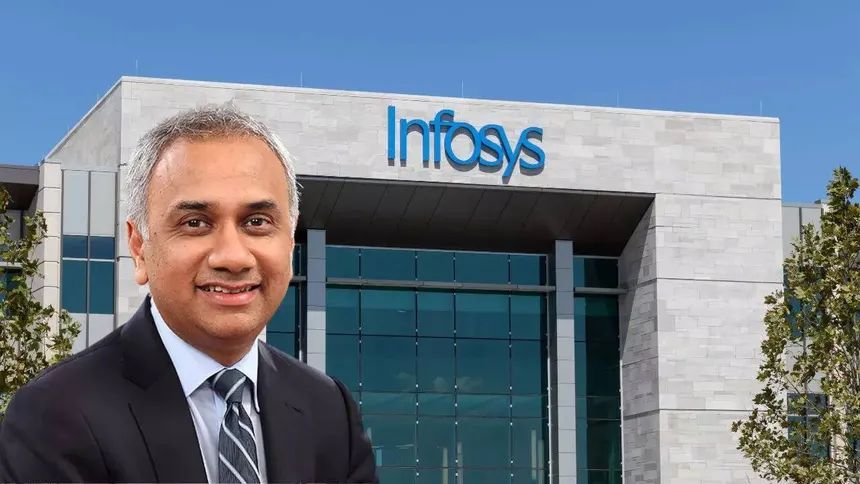AI breakthroughs 2025 -Artificial Intelligence is evolving at lightning speed. What once seemed futuristic is becoming reality almost overnight. In just the past few weeks, several breakthroughs have emerged — from Google’s AI-powered photo tools, DeepMind’s real-time AI pipelines, Meta’s atom-level simulations, to a literal AI tongue that can taste with near-human precision. And that’s just scratching the surface.
In this article, we’ll break down the top AI stories you need to know — what they mean, how they work, and why they matter.
Google Photos Gets Smarter with AI Video Creation
If you’ve used Google Photos recently, you might have noticed some playful tools like making collages or animations. But soon, Google is taking that to a whole new level. Version 7.36 for Android is laying the groundwork for a major upgrade — a full-screen “Create” panel that brings all these tools together into one convenient space.
You’ll be able to create:
- One-tap photo collages
- Quick GIF-style animations
- Cinematic photos with AI-powered depth effects
- Short video mashups combining photos and videos
The real magic lies in two upcoming features still in testing:
1. Photo-to-Video: Turn static photos into full-fledged video sequences.
2. Remix: AI reorders your media with stylish effects and transitions.
Google’s smart image models handle all the heavy lifting behind the scenes. Although the album builder isn’t integrated yet, internal testing flags suggest this update will roll out within weeks, not months.
DeepMind’s GenAI Processors: Real-Time AI at Its Best
Jumping into the developer space, Google DeepMind has just open-sourced a new AI infrastructure toolkit called GenAI Processors under Apache 2.0.

What’s the Big Deal?
This toolkit helps data of all kinds — text, images, sound, or JSON — flow smoothly through an AI pipeline. It wraps each piece of data into small units called processor parts, allowing each step to process data as soon as it arrives. This results in faster output, or what engineers call “time to first token.”
GenAI Processors is designed for two-way real-time streams and works directly with Google’s Gemini models. That means models can start responding even before the user finishes typing.
🔧 Included Demo Use Cases:
- Turning sports data into live commentary
- Summarizing web articles instantly
- Real-time audio input and AI voice response
Compared to libraries like Langchain or Nvidia’s NeMo, GenAI Processors focuses specifically on streaming AI workflows, and the early feedback is promising.
Meta’s YUMA: Atomic-Level AI to Accelerate Chemistry
Meta’s FAIR Lab is diving into materials science and chemistry with a new family of models called YUMA (Universal Models for Atoms).
Traditionally, chemistry simulations use DFT (Density Functional Theory) — accurate but incredibly slow with large datasets. YUMA changes the game by using a massive neural network trained on 500 million atomic structures to simulate atomic behavior much faster — without sacrificing accuracy.
Key innovations:
- Built on a graph neural network architecture called EEN
- Considers electric charge, magnetic spin, and other critical physics variables
- Simulates up to 100,000 atoms with high speed on a single 80 GB GPU
This model is also energy-conserving — crucial for physics accuracy — and outperforms traditional models on key benchmarks like Matbench Discovery.
🔍 Limitations:
- Struggles with long-range interactions over 6 angstroms
- Fixed charge/spin categories limit flexibility for new compounds
Meta is already working on solutions to these limitations, aiming to build a truly universal atomic simulator.
The Graphene AI Tongue: Machines That Can Taste?
Believe it or not, researchers have developed an AI-powered graphene tongue — an artificial sensor that can “taste” with up to 98.5% accuracy for known flavors and 75–90% for new ones.
How Does It Work?
- It uses graphene oxide sheets — just one atom thick — inside a microfluidic channel
- As liquids pass through, they cause electrical signals unique to each molecule (like flavor “fingerprints”)
- These signals are then analyzed by a machine learning model trained on 160 chemicals and mixtures
The tongue can even recognize complex blends like coffee or cola syrup, not just simple tastes.
Most impressively, the sensor and AI processor live on the same chip, reducing latency drastically — a problem that plagued older versions of electronic tongues.
💡 Potential Future Uses:
- Taste loss screening for stroke or COVID-19 patients
- Food safety and spoilage detection
- AI kitchen assistants for smart seasoning
However, it’s still a lab prototype, currently too bulky and power-hungry for portable use. Miniaturization is the next step.
Meta’s AI Supercomputer Plans: Powering the Future of AGI
Mark Zuckerberg isn’t slowing down. Meta is planning to launch its first AI supercluster data center — codenamed Prometheus — by 2026 with over 1 gigawatt of compute power.
For scale:
1 GW = enough to power 750,000 homes
The follow-up project, Hyperion, is expected to scale up to 5 GW over the next few years. That’s mind-blowing infrastructure — just to run GPUs for AI development.
Why Such a Huge Investment?
Meta is chasing Artificial General Intelligence (AGI) and is willing to spend big — around $64–72 billion in capital expenditures in 2025 alone.
They’ve even started talent poaching:
- $200 million offer to an Apple AI leader
- Hiring GitHub ex-CEO Nat Friedman and Scale AI’s Alexandra Wang
Some delays (like LLaMA 4) were due to overlap issues, but with Prometheus and Hyperion, Meta hopes to fix these performance bottlenecks once and for all.
Conclusion: AI breakthroughs 2025
From creating full videos from photos to simulating atoms and tasting food, AI is now deeply embedded in how we see, understand, and even feel the world around us.
Google is refining consumer tools, DeepMind is streamlining pipelines, Meta is rebuilding the foundation of science, and researchers are giving machines a sense of taste. It’s no longer about what AI might do — it’s about what it’s doing right now.
As Meta pours billions into compute and researchers unlock new sensory frontiers, one can’t help but wonder:
If AI can already see, talk, simulate, and now taste — what’s next?
Let us know your thoughts in the comments. And if you’re as excited about the AI future as we are, don’t forget to share this article, subscribe to our updates, and stay tuned for more deep dives.








